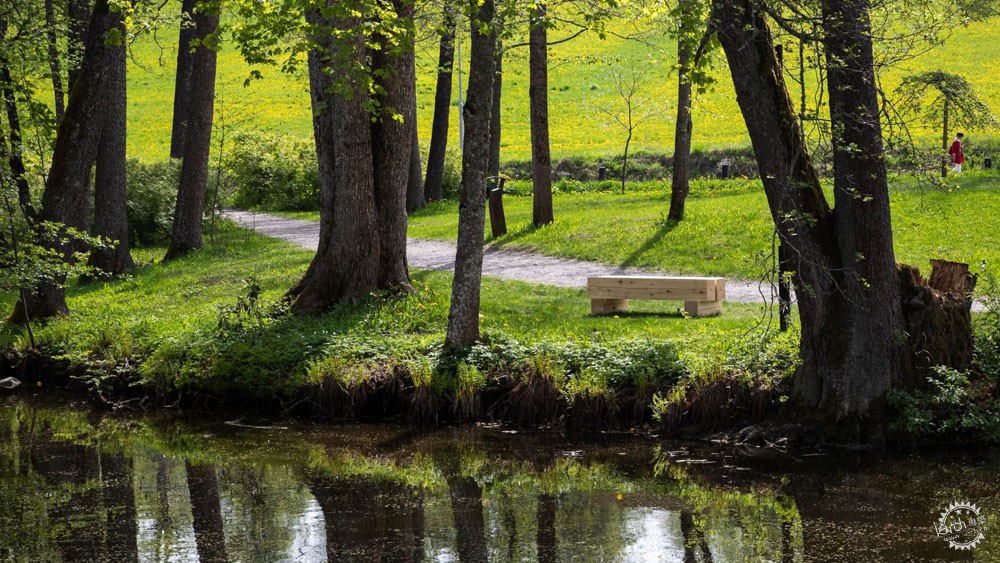
Fiskars 乡村双年展设计师长椅
Jasper Morrison curates collection of designer benches for Fiskars Village Biennale
由专筑网李韧,王雪纯编译
Jasper Morrison招募了Martino Gamper、Inga Sempé、Cecilie Manz等18位设计师,为芬兰Fiskars乡村首次艺术设计双年展设计长椅。
这位伦敦设计师受芬兰Fiskars乡村双年展主办方的邀请,负责一些装置的设计,其中包括在Fiskars河沿岸的公共长椅。
Jasper Morrison has enlisted 18 designers including Martino Gamper, Inga Sempé and Cecilie Manz to create benches for Fiskars Village in Finland, for its inaugural art and design biennale.
The London-based designer was invited by the organisers of the Fiskars Village Biennale to curate the installation, which involved placing public benches along the banks of the Fiskars River.
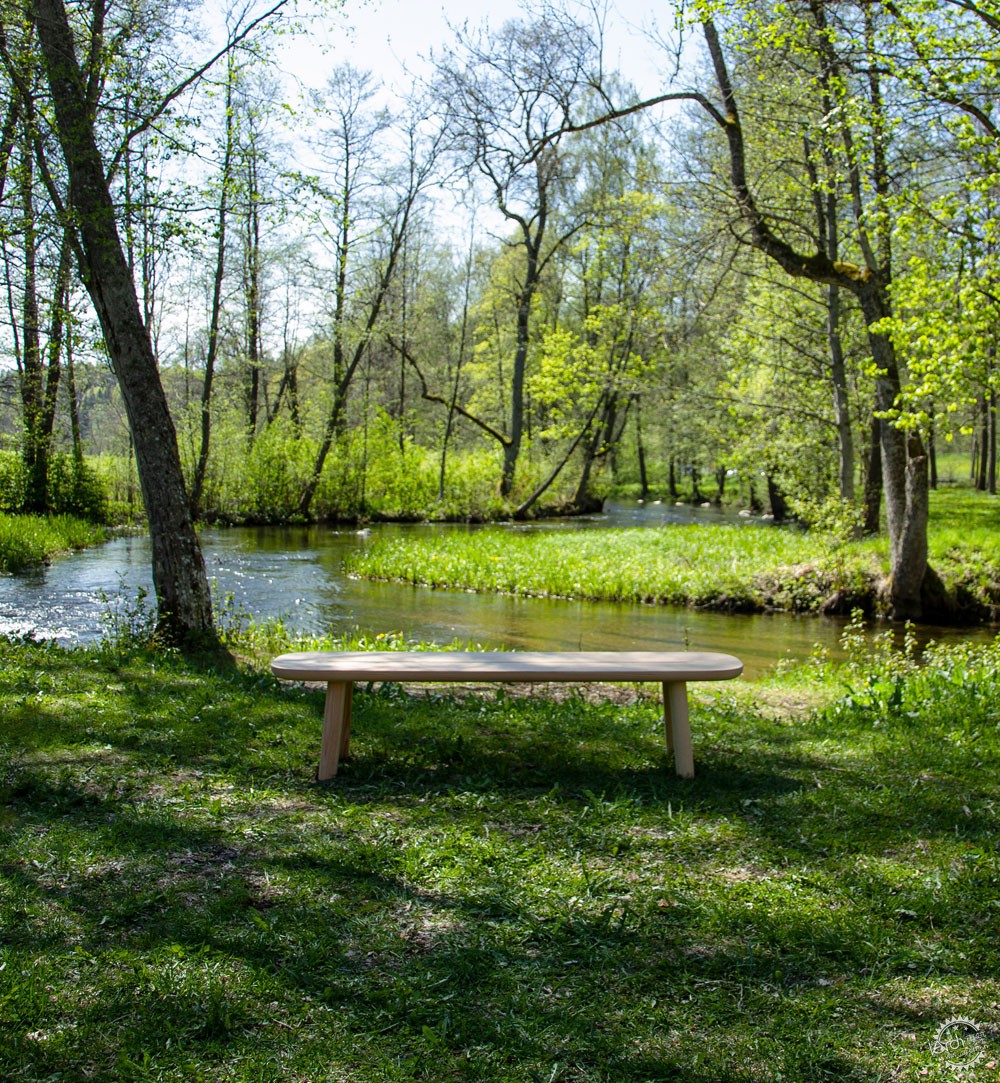
Keiji Takeuchi是设计长椅的设计师之一/Keiji Takeuchi is one of the 18 designers that have created benches
这些社交长椅会在双年展展出,本次双年展于2019年5月19日展开。本次双年展强调可持续发展的多样性原则,因此这些原则也结合在各个作品的设计思路之中。
参观者能够欣赏到近100位艺术家与设计师的设计作品,这些作品由三位策展人精心挑选而出,他们分别是Jasper Morrison、 Anniina Koivu 与Jenni Nurmenniemi。
Morrison认为,这次双年展的开展能够成为人们探索的契机,去挖掘受商业影响较少的设计作品,而双年展也是“近年来各式各样设计博览会、设计周的一股清流”。
The Social Seating benches were installed ahead of the event's inaugural edition, which opened on 19 May 2019. The festival emphasises the principles of diversity and sustainable development, which are encapsulated in a programme that brings together art and design.
Visitors have an opportunity to engage with work by almost 100 artists and designers who are selected by three curators, Jasper Morrison, Anniina Koivu and Jenni Nurmenniemi.
In a text in the festival's catalogue, Morrison suggested that the biennale format offers an opportunity to explore the less commercial aspects of design, adding that biennales can be viewed as "an antidote to the endless design fairs and design weeks which have proliferated in recent years".
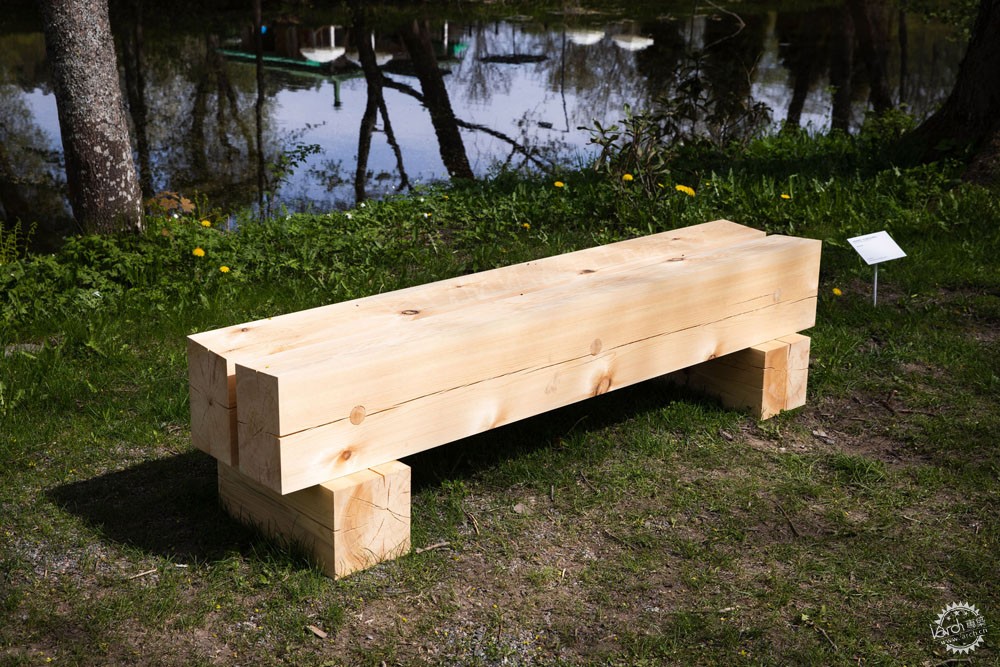
芬兰设计师Harri Koskinen用4块简单的原木制作了这张长椅/Finnish designer Harri Koskinen made a simple bench from four sections of raw pine
本次双年展举办的地点在一个环绕着钢铁厂的村落,这座钢铁厂最初建造于1649年。
这座村落的历史建筑也被列入了遗产名录,而Fiskars现在也成为了重要的手工艺制品中心,在这里居住着大约600位居民。
Morrison认为,这一系列长椅的设计理念都或多或少融入了河畔曾经的工业元素,长椅不仅表达其分享的内涵,也表达了双年展的主题——“共存”。
The village where the festival takes place was developed around an ironworks established in 1649, which gave rise to the company that bears its name.
The village's historic buildings are heritage listed and Fiskars is now a significant centre for handicrafts that is home to around 600 inhabitants.
Morrison claimed his decision to commission a series of benches was based on the arrangement of the village's ex-industrial buildings along the banks of the river. As an object intended to be shared, the bench also reflects the biennale's theme "coexistence".
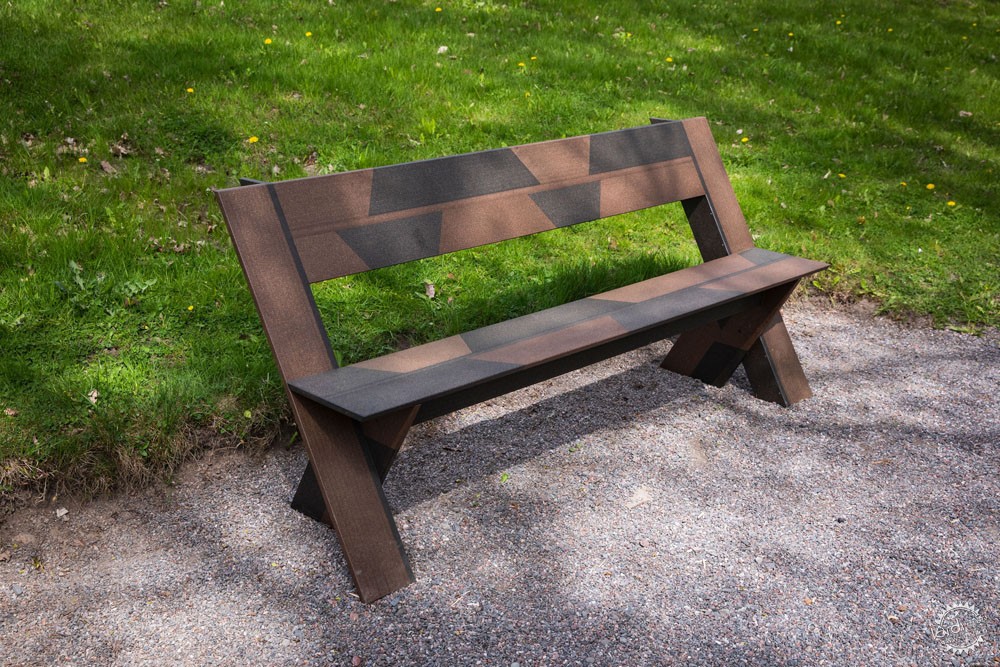
Martino Gamper应用回收塑料制作了长椅/Martino Gamper made a seat out of recycled plastic
Morrison精心挑选了不同年龄段的设计师,其作品都十分出众,他们设计的这些长椅放置在双年展主要展区之间。
Morrison说:“公共长椅其实在家具类型中并不多见,它不属于任何人,但是每个人都可使用它,它代表了整个社区,提升了公共生活的品质。”
“就设计挑战而言,长椅有着无限的结构、材质、表现力、可塑性,人们看到长椅时,会感受到它精致的制作与设计,这也让它成为了本次展览的主要对象。”
Morrison selected designers of all ages whose work he admires to create the seating solutions, which are placed along the river banks between the venues that house the biennale's main exhibits.
"The public bench is rare in the spectrum of furniture types," said Morrison. "It belongs to no one and is available to all; it stands as a symbol of community and enhances the quality of everyday public life."
"In terms of a design challenge, the bench offers infinite structural, material, expressive, and sculptural possibilities," he added. "We all know a good bench when we see one, and this makes them an ideal subject for an event of this kind."
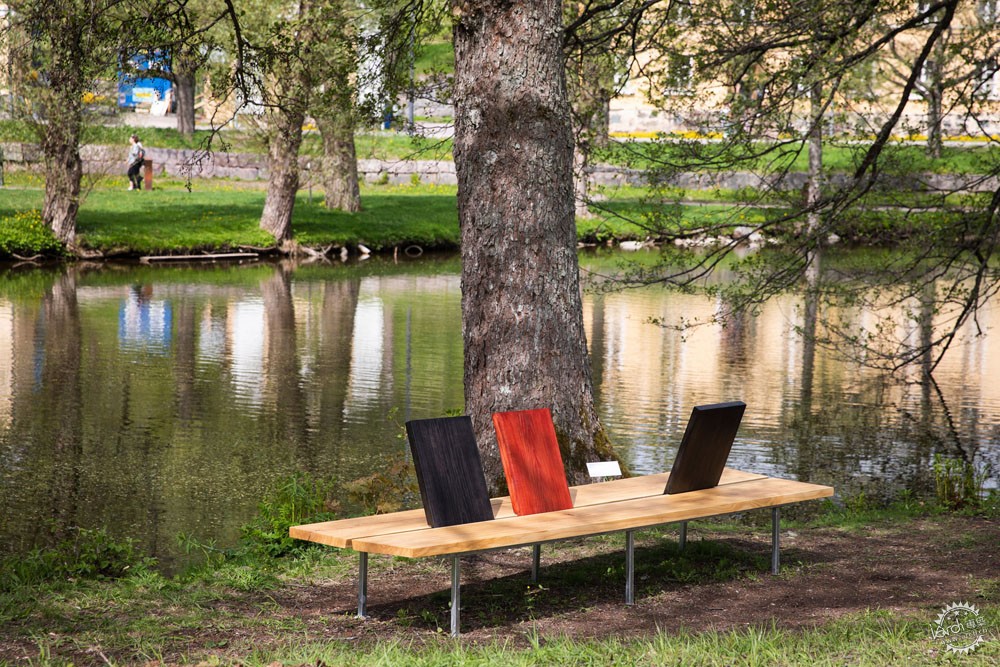
Simo Heikkilä结合使用橡木与钢设计了棱角分明的长椅/Simo Heikkilä combined oak and steel to create a bench with angled backrests
Morrison邀请18位设计师为芬兰乡村设计简约的长椅,他认为,这样的设计要求相比起一般的商业内容会更加清晰明了。
设计师们通过各式各样的设计方案来呼应这个主题,而这些设计方案也简单且明确地表达了设计师们对于这个熟悉物件的独特理解。
Morrison provided the 18 designers with a simple brief to "design a bench for a Finnish village". He claimed this request offered greater clarity and freedom than the more complex and commercial briefs most designers are used to.
The designers responded to the brief with a wide range of proposals that represent distinctly individual interpretations of this simple and familiar object.
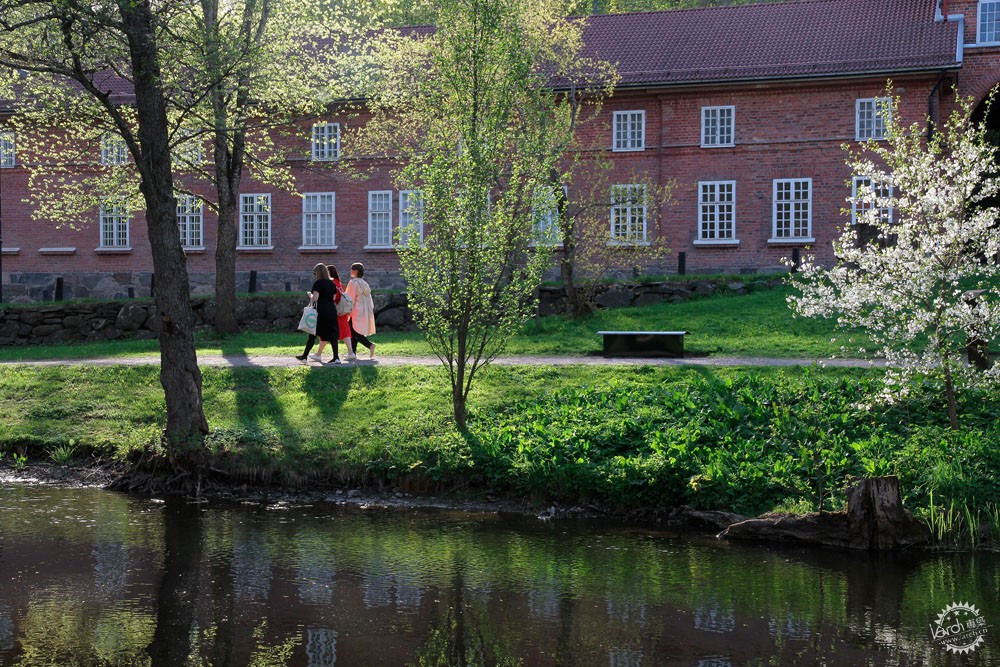
法国设计师Julien Renault应用钢材制作极简化长椅/French designer Julien Renault used enamelled steel to create a minimal bench
芬兰设计师Harri Koskinen用4块原木制作了简单的长椅,其中的两块原木向内倾斜,十分符合人体工程学理念。
葡萄牙设计师Hugo Passos的橡木长椅与旁边的一棵大树相呼应。这座长椅的靠背连接着树干,而树干也成为长椅的支撑。
Finnish designer Harri Koskinen created a simple bench made from four sections of raw pine wood, with the two main pieces angled inward slightly to create a comfortable and ergonomic seat.
Portuguese designer Hugo Passos's bench in oak responds to its location next a sturdy tree. The bench's backrest abuts the tree trunk, which acts as an additional support for users sitting on an extended section of the seat.
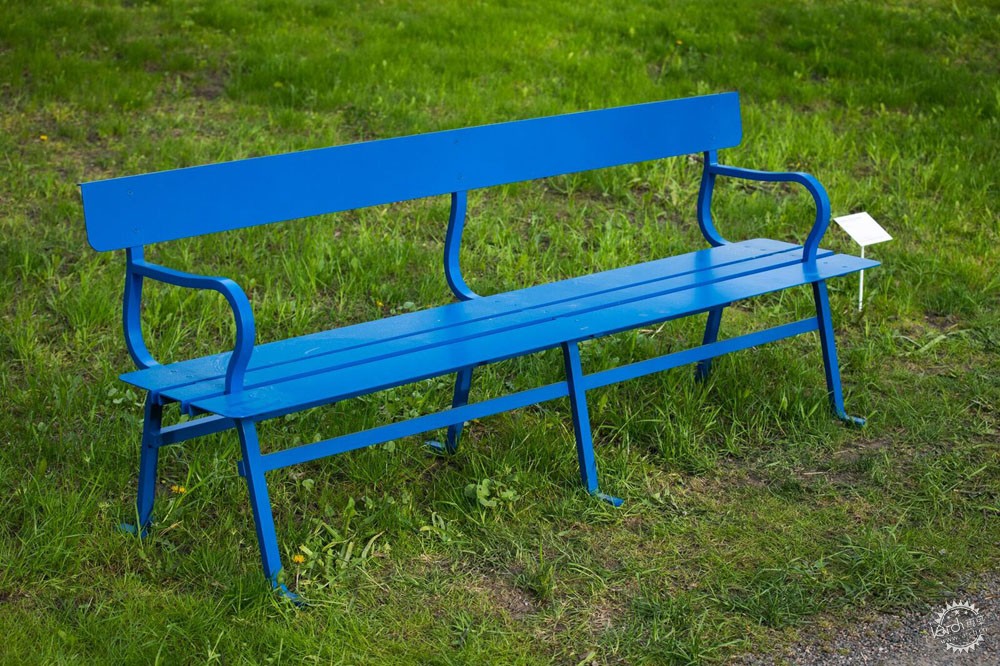
Maria Jeglinska在长椅设计中应用了明亮的蓝色/Maria Jeglinska introduces colour into the natural scenery with her blue bench design
法国设计师Julien Renault应用钢材设计了极简化长椅,它有着细长的弯曲形态,而Martino Gamper则应用回收塑料设计了具有动态感的图案。
芬兰设计师Simo Heikkilä将当地的橡木和钢材相结合,设计了座椅平台,其中间有着一定角度的缝隙。
Julien Renault from France developed a minimal bench in enamelled steel with a slender, curved seat, while Martino Gamper used sheets of a recycled plastic composite to produce a design featuring a dynamic angular pattern.
Finnish designer Simo Heikkilä combined native oak with galvanised steel to create a seating platform with angled boards slotted into a gap at the centre.
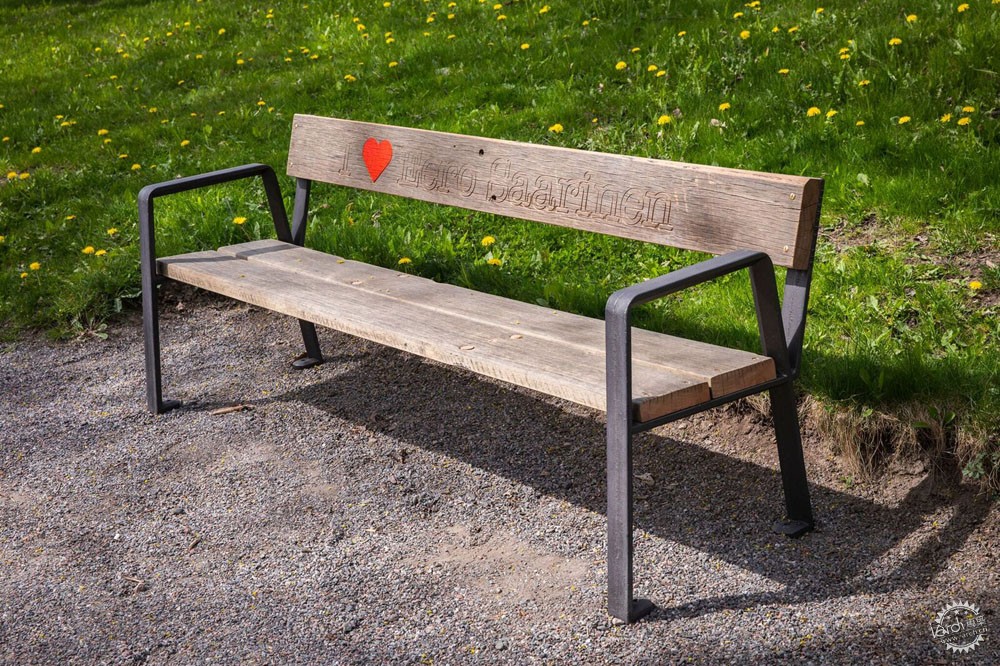
Stafford Schmool的长椅刻着文字“我爱Eero Saarinen”/Stafford Schmool's bench features the words "I heart Eero Saarinen"
设计长椅的其他设计师有Aino Michelsen、Stafford Schmool、Jens Fager、Karin Widnäs、Keiji Takeuchi、Klaus Hackl、Maria Jeglinska、Michael Marriott、Michel Charlot、Sosuke Nakabo、Thélonious Goupil、Wataru Kumano。
2019年Fiskars乡村艺术设计双年展将开放至9月15日。该项活动由当地艺术家、设计师、各展馆共同组织。
公园长椅也成为了斯德哥尔摩郊区曾经一个项目的重点,该项目的设计师为Max Lamb、Scholten & Baijings、 Philippe Malouin,他们为公共公园设计了“超级长椅”。
Other designers who created benches for the project include Aino Michelsen, Stafford Schmool, Jens Fager, Karin Widnäs, Keiji Takeuchi, Klaus Hackl, Maria Jeglinska, Michael Marriott, Michel Charlot, Sosuke Nakabo, Thélonious Goupil and Wataru Kumano.
The 2019 Fiskars Village Art & Design Biennale exhibitions are open to the public until 15 September. This includes a programme of events organised by local artists, designers and galleries presented alongside the main exhibits.
The humble park bench was also the focus of a previous project in a Stockholm suburb that saw international designers including Max Lamb, Scholten & Baijings and Philippe Malouin create "Superbenches" for a public park.

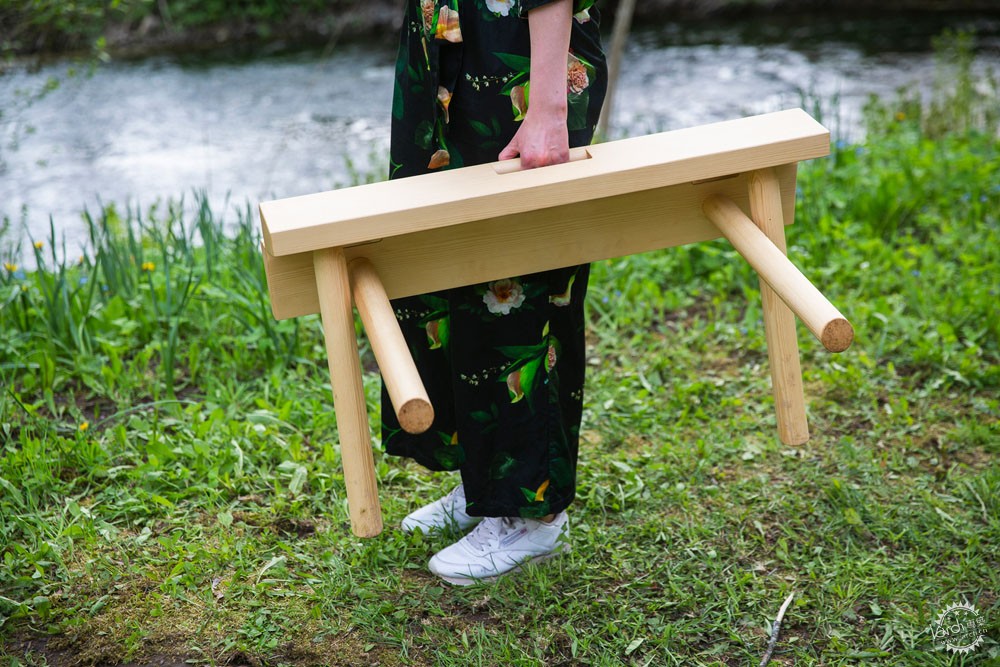
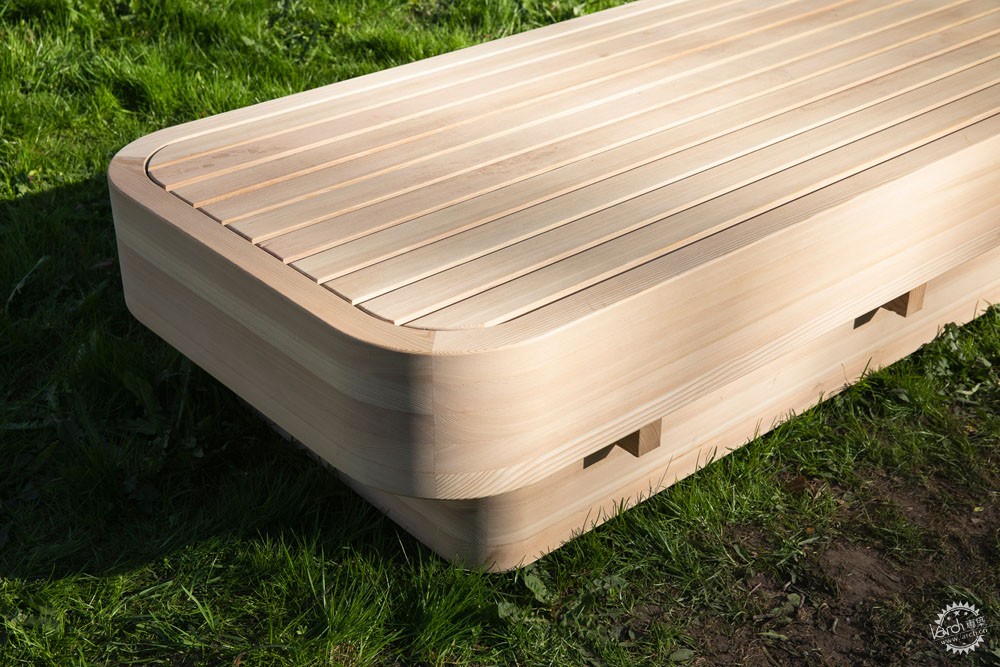

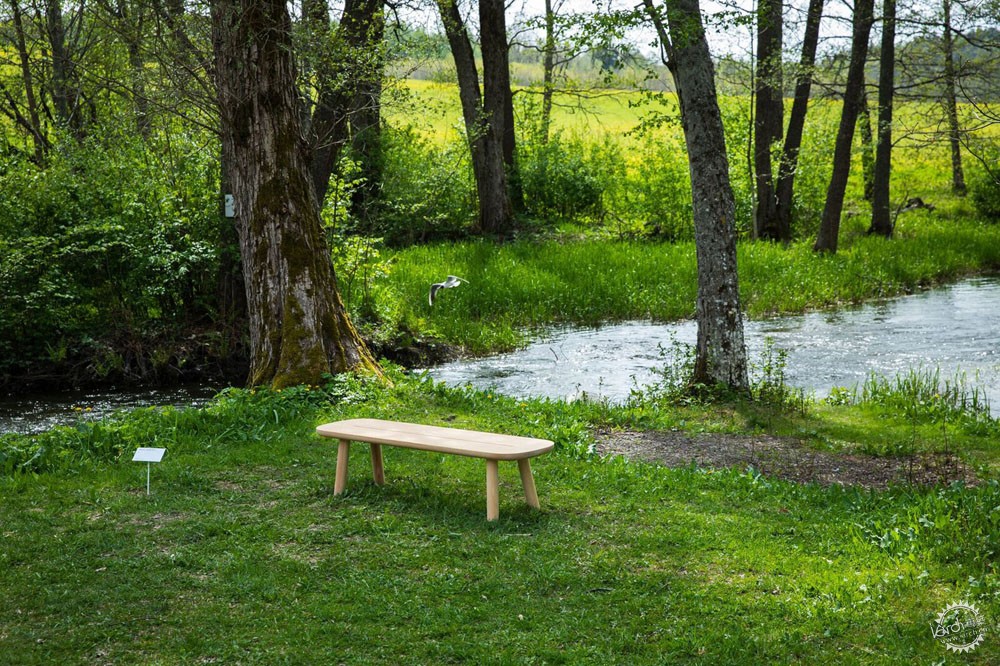
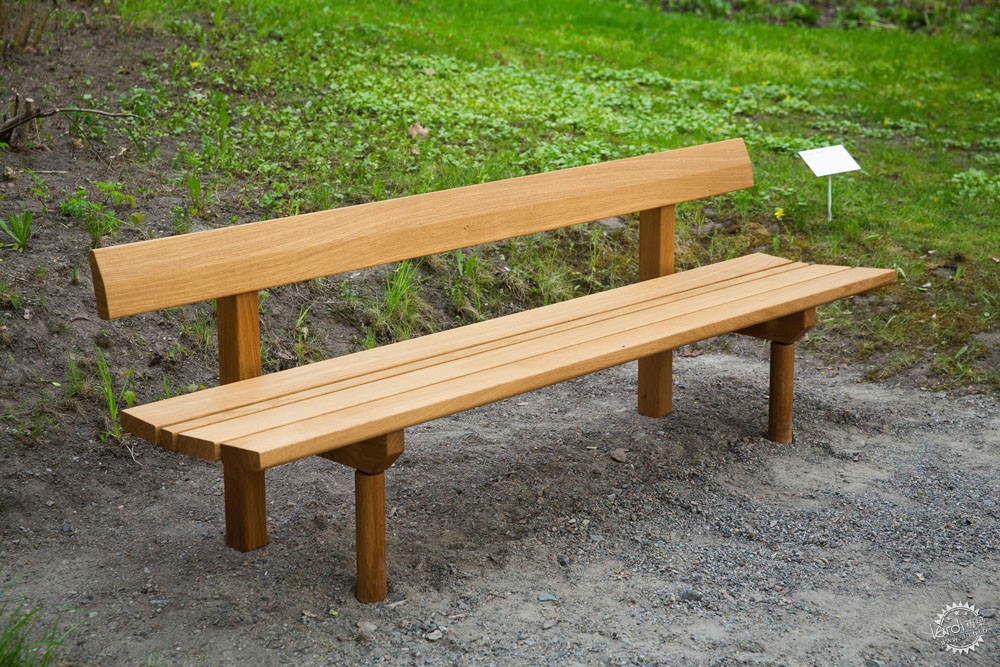
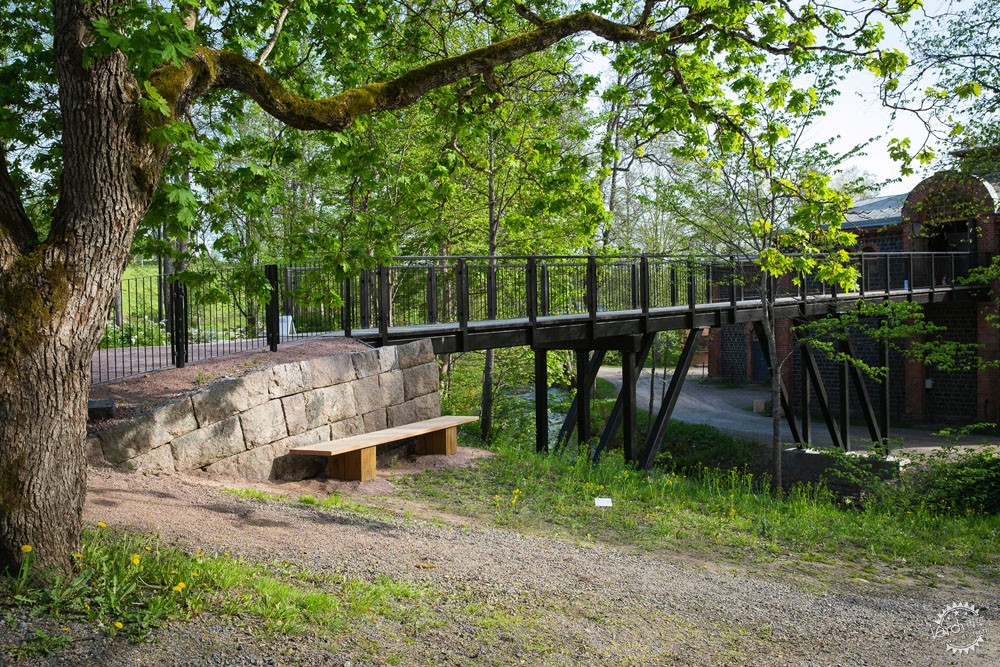
|
|
